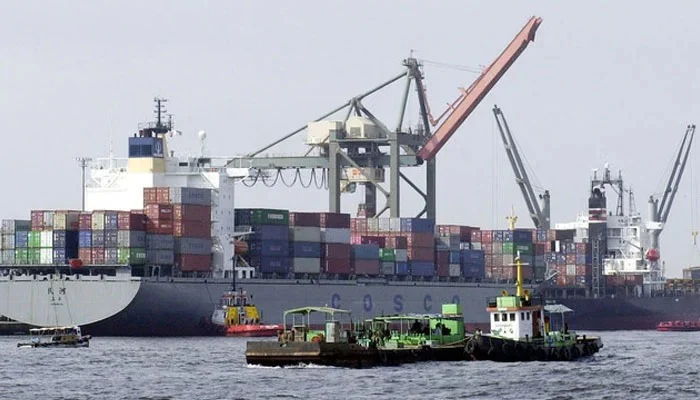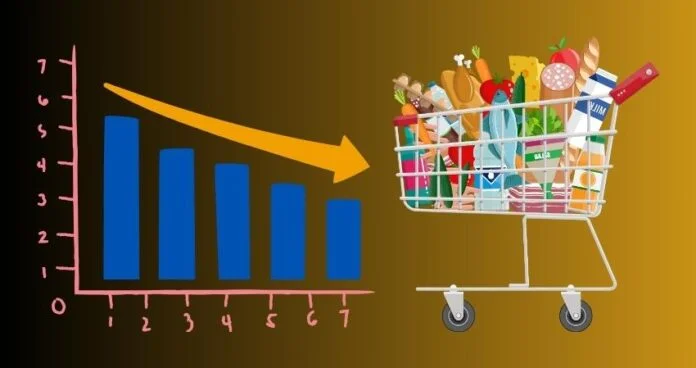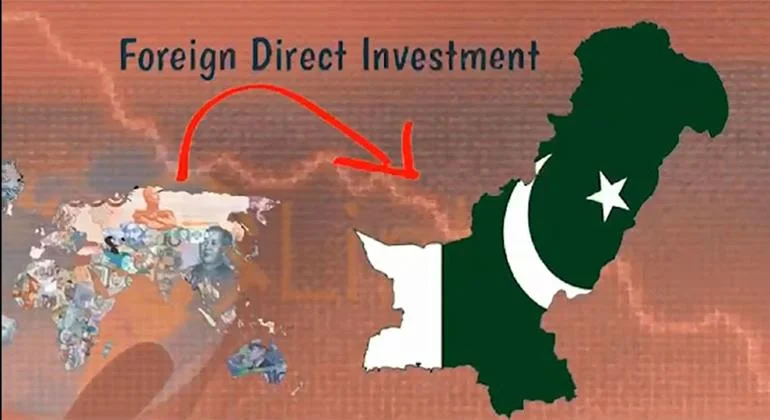Pakistan’s economic resurgence continued its upward trajectory in the first half of Fiscal Year 2024-25, driven by sound macroeconomic management, effective inflation control, and enhanced fiscal and external account stability. Despite political and security challenges, the country has demonstrated resilience, with inflation dropping to a nine-year low and key economic indicators reflecting positive growth.
Exports Strengthens Trade Competitiveness
Pakistan’s exports saw a strong upswing, rising by 10% in the first seven months (July–January) of FY2024-25. According to the Pakistan Bureau of Statistics (PBS), exports reached $19.55 billion, up from $17.77 billion in the same period last year. In January 2025 alone, exports stood at $2.92 billion, marking a 4.59% year-on-year increase from $2.79 billion in January 2024. This steady resurgence underscores Pakistan’s commitment to economic expansion, strengthening its global trade position and enhancing its competitiveness in international markets.

Inflation Drops to 9-Year Low
A major breakthrough in Pakistan’s economic recovery has been the sharp decline in inflation, which dropped to 2.4% in January 2025, the lowest in nine years. This marks a significant improvement from the previous year’s high-inflation environment:
- Urban inflation: Dropped to 2.7% year-on-year in January 2025, down from 4.4% in December 2024 and 30.2% in January 2024.
- Rural inflation: Declined to 1.9% year-on-year, down from 3.6% in December 2024 and 25.7% in January 2024.
This drastic reduction is attributed to a high base effect and a decline in edible commodity prices, with an average Consumer Price Index (CPI) of 6.5% for the first seven months of FY2024-25. The Finance Division credited policy interventions and administrative measures for stabilizing prices and reducing essential goods’ costs.

Current Account Surplus Reflects Economic Stability
This trend signals a positive development for Pakistan’s external financial position, particularly concerning its current account deficit (CAD), which has long been a source of economic vulnerability. Since August 2024, Pakistan has consistently maintained a current account surplus, reflecting improved foreign exchange inflows and overall economic stability.
In December 2024, the surplus rose to $582 million, up from $279 million in December 2023, further strengthening the external account.

Also See: State Bank Reports Increase In Foreign Reserves to $16.04 Billion
Pakistan’s Economic Growth: Stronger Recovery & Investment Climate
The continued economic improvement in H1-FY2025 highlights greater fiscal stability and a favourable investment environment. Key indicators driving this momentum include:
- 10% export growth, reinforcing Pakistan’s global trade positioning.
- Record-low inflation, alleviating financial pressure on citizens and businesses.
- Consistent current account surplus, showcasing economic resilience.
The positive economic outlook positions Pakistan as an attractive destination for Foreign Direct Investment (FDI), paving the way for long-term economic sustainability and growth-oriented policies.

Driving Economic Momentum
Pakistan’s economic revival is well underway, marked by rising exports, controlled inflation, and external account stability. While strategic government policies have played a crucial role in this transformation, it is the confidence and resilience of the nation that continue to drive Pakistan towards a more competitive and sustainable economic future.
PAYF Insights are social media threads by various authors, reproduced here for wider consumption.

![Pakistan's economic resurgence shows strong growth with a 10% rise in exports, low inflation, and stable external accounts. [Image via PAYF Creatives]](https://pkafgyouthforum.com/wp-content/uploads/2025/02/SAT-Web-Banners-9-1024x587.webp)

